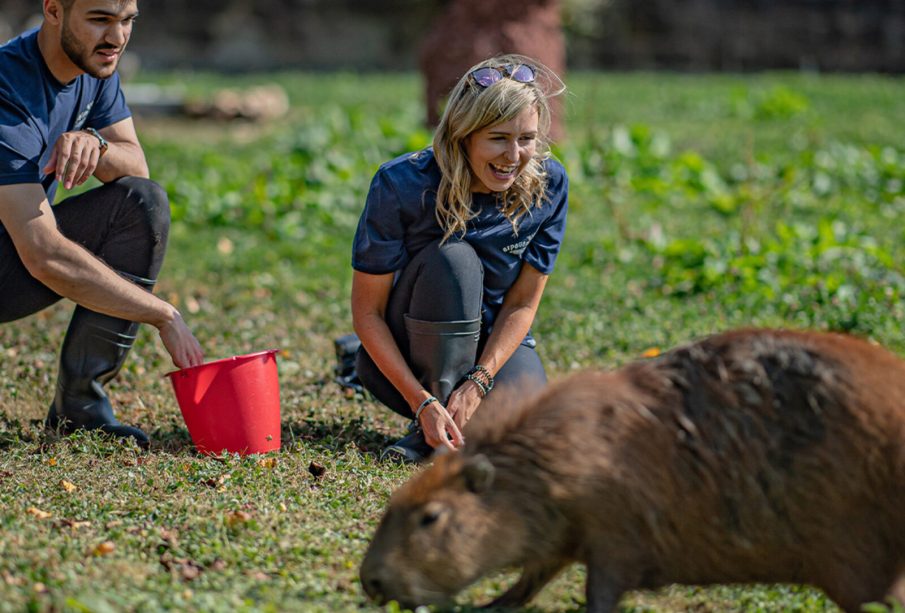Chester Zoo: A Beacon of Wildlife Conservation and Education

Introduction
Chester Zoo, one of the UK’s most renowned wildlife attractions, has garnered attention for its commitment to conservation efforts and educational programmes. Established in 1931, this 125-acre haven for over 21,000 animals across 500 species offers visitors not only the chance to observe wildlife but also to learn about the importance of biodiversity and the challenges faced by endangered species. As global conservation efforts gain urgency, the role of institutions like Chester Zoo has become increasingly vital.
Conservation Efforts
The zoo plays a pivotal role in wildlife conservation through various initiatives aimed at protecting endangered species. Recently, Chester Zoo unveiled its ambitious 10-year plan to double its impact on global conservation by investing in breeding programmes, habitat restoration efforts, and community engagement projects. This plan includes partnerships with wildlife organisations both in the UK and overseas, ensuring that the zoo’s resources are effectively utilised to combat wildlife decline.
One noteworthy project is the Amur leopard breeding programme, aimed at increasing the population of this critically endangered species. The zoo has achieved significant milestones, with the recent birth of three cubs, contributing to the genetic diversity necessary for their survival. Chester Zoo was also recently involved in a major project to protect the Sumatran orangutan in Indonesia, offering expertise and support to local conservation teams.
Educational Programmes
In addition to conservation, Chester Zoo emphasises education as a crucial component of its mission. The zoo hosts a variety of workshops, school trips, and educational talks that engage visitors about animal welfare and environmental sustainability. Through these programmes, Chester Zoo hopes to inspire the next generation to become advocates for wildlife conservation.
In 2023 alone, Chester Zoo welcomed over 2 million visitors, with a significant portion participating in these educational initiatives. Many of the educational resources created at the zoo are accessible online, extending their reach beyond the physical confines of the zoo.
Community and Economic Impact
Chester Zoo is not only a tourist attraction but also a key contributor to the local economy. With the increase in visitor numbers, the zoo has created hundreds of jobs, both directly and indirectly, benefiting the surrounding community. Local businesses have also seen a boost, as visitors often explore Chester and its attractions after visiting the zoo.
Conclusion
As Chester Zoo continues to push the boundaries of wildlife conservation and education, its significance in the fight against biodiversity loss cannot be overstated. With ambitious plans for the future and a commitment to engaging the community, Chester Zoo serves as a model for similar institutions globally. Visiting the zoo not only provides an enjoyable day out but also supports vital conservation efforts that could shape the future of our planet’s wildlife.









